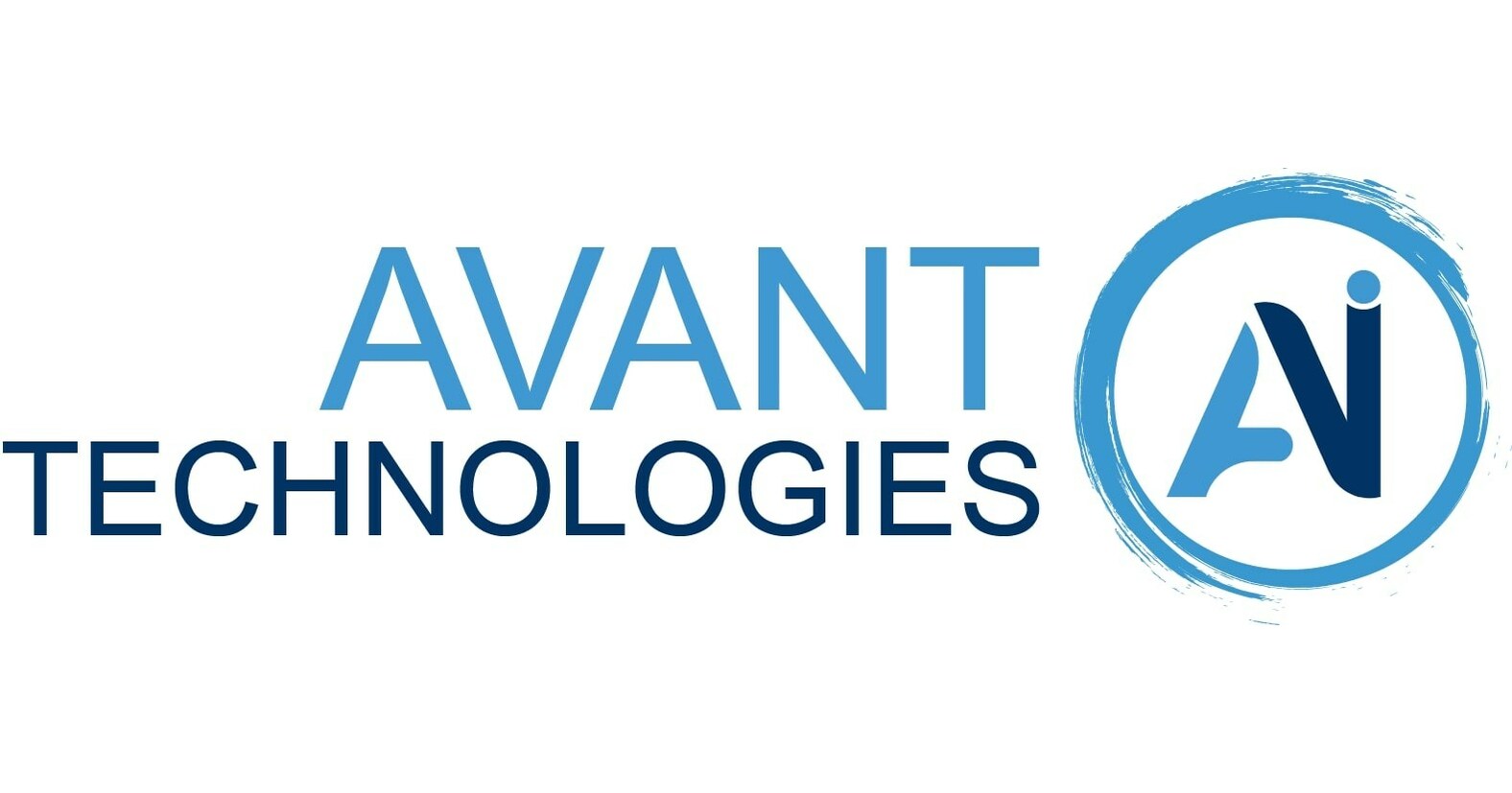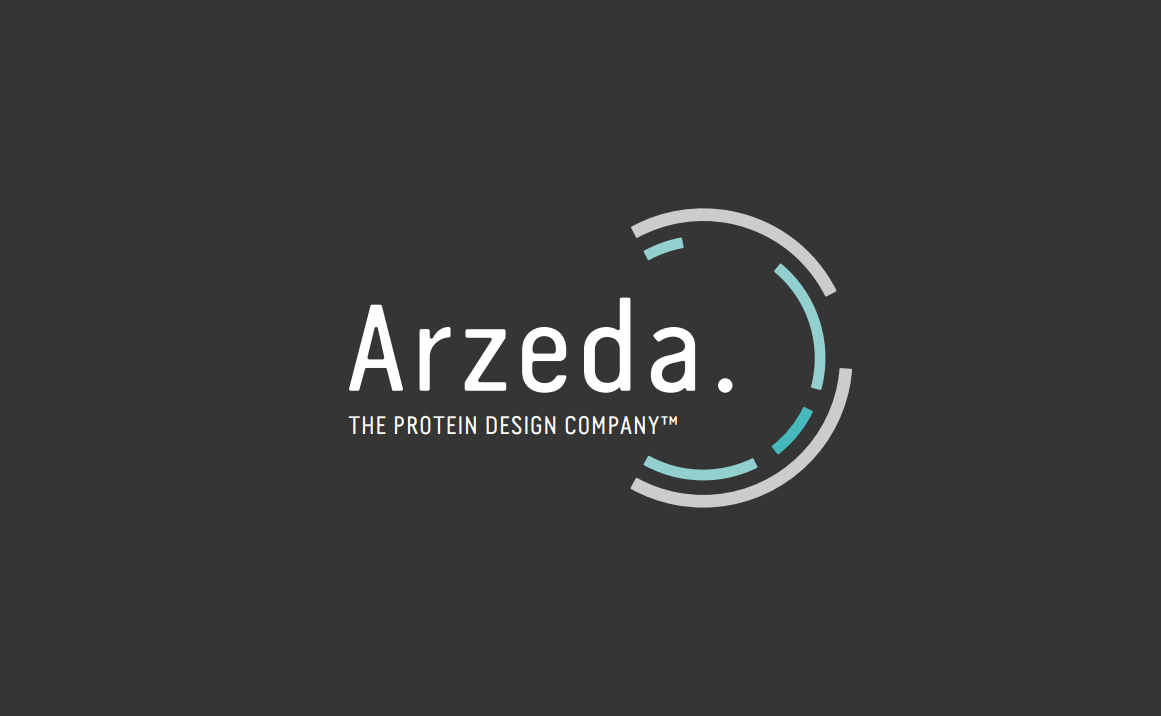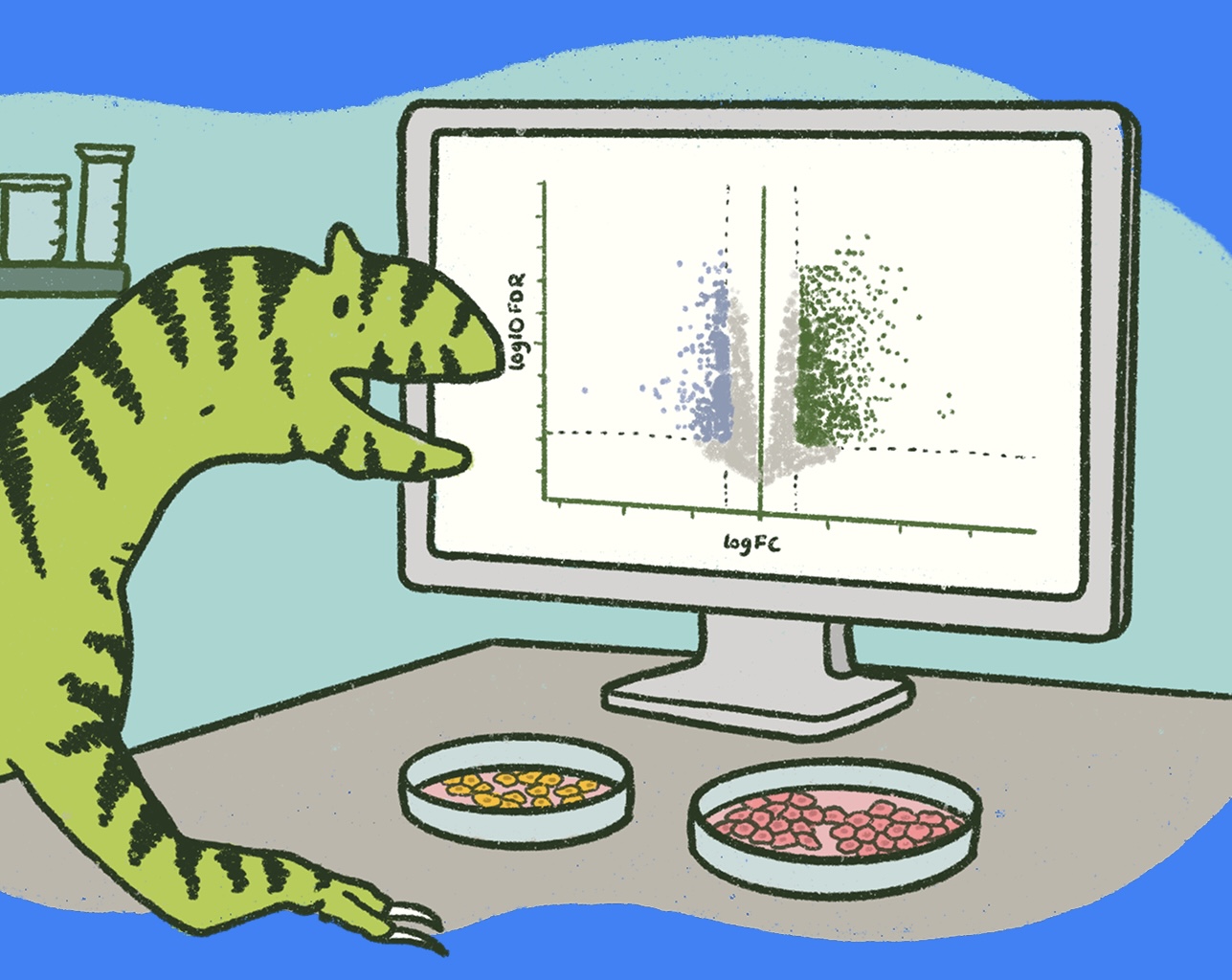With CRISPR Prime, gene therapies are one step closer to curing millions
With CRISPR Prime, gene therapies are one step closer to curing millions
Next time you are in a public place, take a look at the people around you. You’ll notice differences in hair color, eye color, facial structure, and much more. Part of this beautiful diversity comes from small variants in our DNA. Any two people are 99.9% identical at the DNA level -- but it’s the remaining 0.1% that makes all the difference.But sometimes this indispensable diversity comes at a cost. Instead of encoding benign differences in personal characteristics, some DNA variants encode malfunctioning cellular parts. They prevent cells from carrying out their physiological roles and result in an array of genetic diseases. These diseases affect millions of people worldwide.Genetic diseases are hard to treat with traditional drugs. It’s possible to treat their symptoms, but their root causes -- messed up DNA -- remain. Effective treatment requires costly, lifelong management. In the past decade, though, exciting advances in gene editing technologies have made it possible to change the DNA variants that cause genetic diseases. Yet, they’ve been limited in their ability to make the precise DNA changes required to treat the wide variety of diseases that can affect humans.Until now, that is. With the recent development of “prime editors,” professor David Liu’s lab at the Broad Institute of MIT and Harvard has vastly improved our ability to target the root causes of genetic diseases.
Targeting genetic diseases at their roots with gene editing
The most popular gene editing technology, CRISPR, makes use of a pair of guidable molecular scissors that cut target DNA sequences. Researchers direct the scissors using “guide molecules,” which are akin to snapshots of target DNA sequences. The scissors use the snapshots to identify targets in cells, and once found, the targets are cut. Researchers can then use a variety of tricks to coax cells to alter the cut DNA.While revolutionary, CRISPR technologies have certain limitations:
- They cannot target all DNA
- They don’t always direct the proper alterations
- They sometimes target the wrong DNA
- They can be difficult to deliver to certain cells
The precise DNA variants that lead to genetic diseases are different for each disease. These diseases also affect different kinds of cells. Thus, it’s easy to see why CRISPR might have limited applicability. A better, upgraded version of CRISPR could make serious inroads toward treating genetic diseases. Prime editors are just that upgraded version. Amazingly, they break straight through the first 3 major limitations of CRISPR.
Prime Editing: CRISPR 2.0
Researchers in the Liu lab created Prime Editors to expand our potential to treat genetic disease. Andrew Anzalone, a postdoctoral researcher in the Liu lab and lead author of the scientific paper describing Prime Editors, said, “I was motivated primarily by the prospect of using prime editing to treat human genetic disease.”Prime Editors have the same two basic components as standard CRISPR technologies: molecular guides and scissors. However, the guides are expanded and a new molecular machine is fused to the scissors. If standard CRISPR guides are snapshots of DNA sequences, the expanded guides are snapshots that come with instructions describing how to change the targeted DNA.The molecular machine fused to the CRISPR scissors in Prime Editors is called reverse transcriptase. It can follow the instructions in the expanded guides. As a result, Prime Editors can direct precise, extensive changes to a wider variety of DNA sequences.
What does this mean for patients?
The potential for Prime Editors to treat a variety of genetic diseases is vast. They are powerful enough to create rather large changes to DNA. Using their precise instructions, they can also make more kinds of changes more accurately than current CRISPR-based technologies -- which means they can target many more of the DNA variants that cause genetic diseases.Nevertheless, Prime Editors aren’t a silver bullet. They still cannot target all genetic diseases -- and many diseases aren’t genetic. As Professor Liu noted in an email, “The kinds of changes prime editing can make in principle could correct 89% of the disease-associated mutations in the ClinVar database, but a great deal of additional work is needed before the ability to correct a mutation can be developed into a disease treatment.”Nonetheless, prime editors are a huge leap forward. Beam Therapeutics is already hard at work developing treatments with prime editors.
What does this mean for society?
As with most up and coming CRISPR-based therapies, equitability and access will be major issues for any treatments created with prime editors. These are likely to cost hundreds of thousands to millions of dollars. They’ll also require access to state of the art medical facilities. Those without access to healthcare systems that will pay for these therapies will not benefit unless prices come down or we put new systems in place that make their costs easier to bear.On the R&D side, Prime Editors may help lower the costs of therapies simply by accelerating research. A lot of money goes into developing and testing these kinds of therapies. Prime Editors enable researchers to create and test new kinds of therapeutic designs quickly. Indeed, Anzalone stated that this was one of the explicit motivations for this work: “I was also motivated to create a tool that could accelerate basic biological research.”Outside the lab, therapy developers are experimenting with new pricing structures. For instance, some will amortize the costs of their therapies. Insurers will pay for these therapies in installments, and they may only have to pay if the therapies continue to be effective during the payment period. To avoid the risks associated with abnormally high costs for a small subset of patients, insurers can also set aside funds in pools that they dip into to cover these rare cases. These pools are like rainy day funds for genetic disease.Regardless of the current costs, Prime Editors make an incredibly exciting addition to the CRISPR toolkit. By enabling us to treat a broad array of people with many different diseases, they are sure to help us maintain the indispensable diversity that makes the world a beautiful place.Evonetix is reimagining biology by developing a radically different approach to gene synthesis – a highly parallel desktop platform to synthesise DNA at unprecedented accuracy and scale. The company’s platform will place DNA synthesis in the hands of every researcher and change how DNA is accessed, made and used. This new paradigm in gene synthesis will facilitate and enable the rapidly growing field of synthetic biology.The proprietary Evonetix approach utilises a silicon chip, made by MEMS processing, that integrates physics with biology, and controls the synthesis of DNA at many thousands of independently controlled reaction sites or ‘pixels’ on the chip surface in a highly parallel fashion. The approach is compatible with both chemical and enzymatic DNA synthesis. Following synthesis, strands are assembled on-chip into double-stranded DNA in a process that identifies and removes errors, providing accuracy that is several orders of magnitude better than the conventional approach.The Evonetix DNA writer will be a desktop device, available to every researcher, and providing scalable, accurate DNA synthesis to enable biological systems to be engineered with unprecedented accuracy and scale – this is third-generation DNA synthesis. Learn more at evonetix.com



.svg)











-min.png)
.gif)